Shopping for fresh produce and local goods becomes an adventure when the market itself is housed in something completely unexpected. From former factories to repurposed train stations, creative entrepreneurs around the world have transformed unusual structures into vibrant marketplaces that offer more than just great food—they offer an experience.
The most memorable markets aren’t just about what you can buy, but where you’re buying it. Here is a list of 20 markets that have found homes in some of the most surprising buildings imaginable.
Chelsea Market, New York
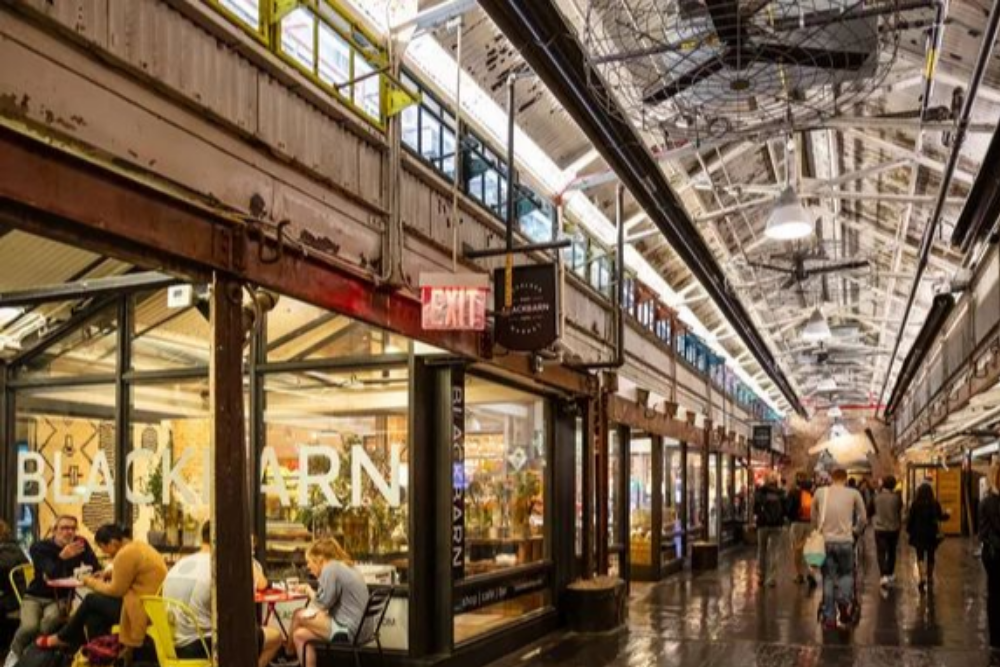
This bustling food hall sits inside the former Nabisco factory where Oreo cookies were first created in 1912. The industrial brick walls and exposed pipes create an atmosphere that feels both gritty and gourmet, with over 35 vendors selling everything from fresh lobster to artisanal chocolates. You’re shopping where America’s favorite cookie was born.
Borough Market, London
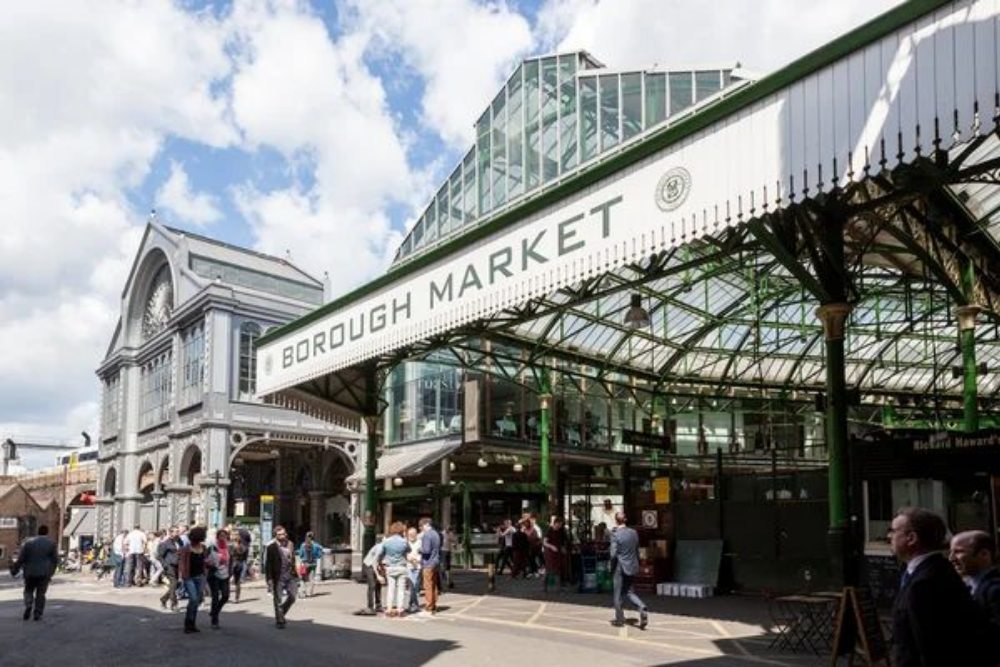
Tucked beneath the massive Victorian railway arches near London Bridge, this market has been operating in various forms since the 13th century. The current location uses the stone arches as natural refrigeration, keeping the produce cool while trains rumble overhead.
The echoing sounds and dramatic lighting make grocery shopping feel like exploring ancient catacombs.
Like Travel Pug’s content? Follow us on MSN.
Danilovsky Market, Moscow
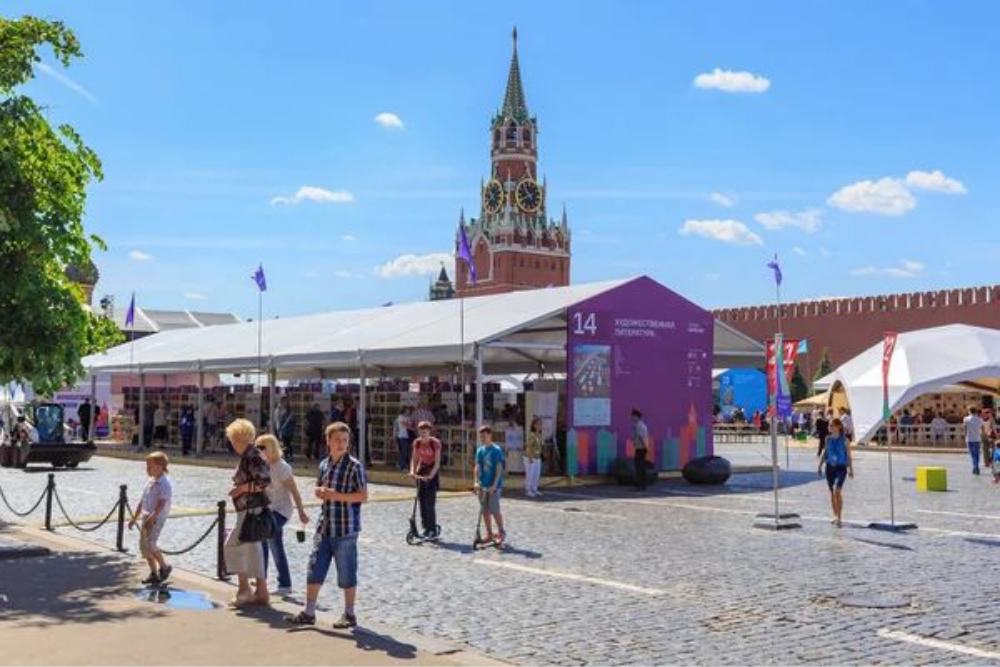
What used to be an aircraft hangar now houses one of Moscow’s most popular food markets. The soaring ceiling and industrial framework create an unexpectedly spacious feeling for a market, while the concrete floors keep everything practical. Russian vendors sell traditional foods under the same roof where military planes were once assembled.
Fremont Sunday Market, Seattle
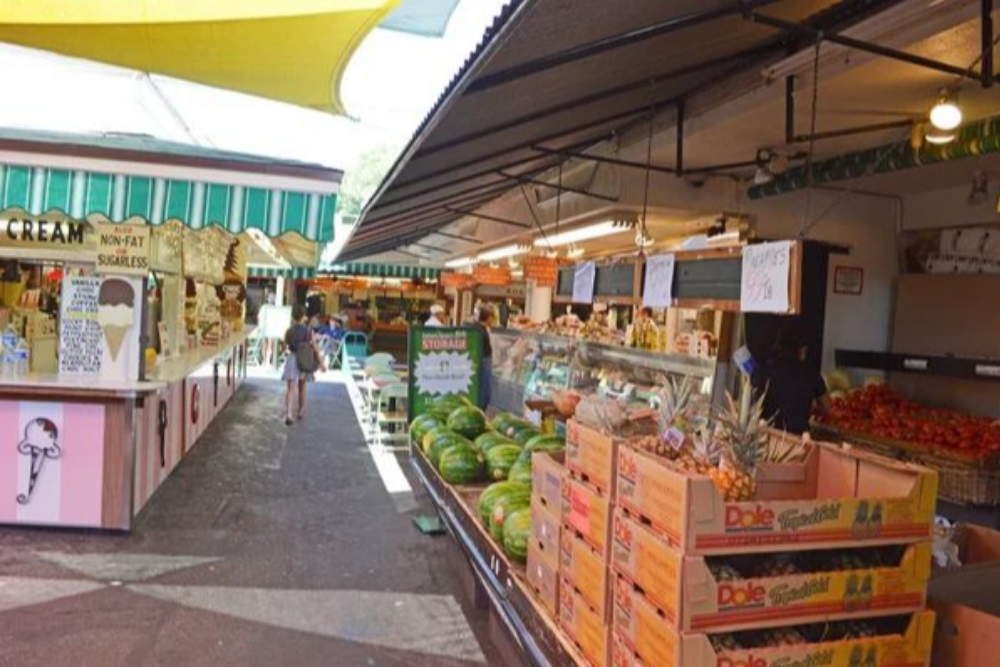
Every Sunday, vendors set up shop directly underneath the Aurora Bridge, with cars and trucks whooshing overhead just feet above the market stalls. The concrete bridge structure provides natural weather protection while creating an urban canyon effect. It’s the only place where you can buy organic vegetables while listening to the constant hum of Interstate 99.
Mercado de Atarazanas, Málaga
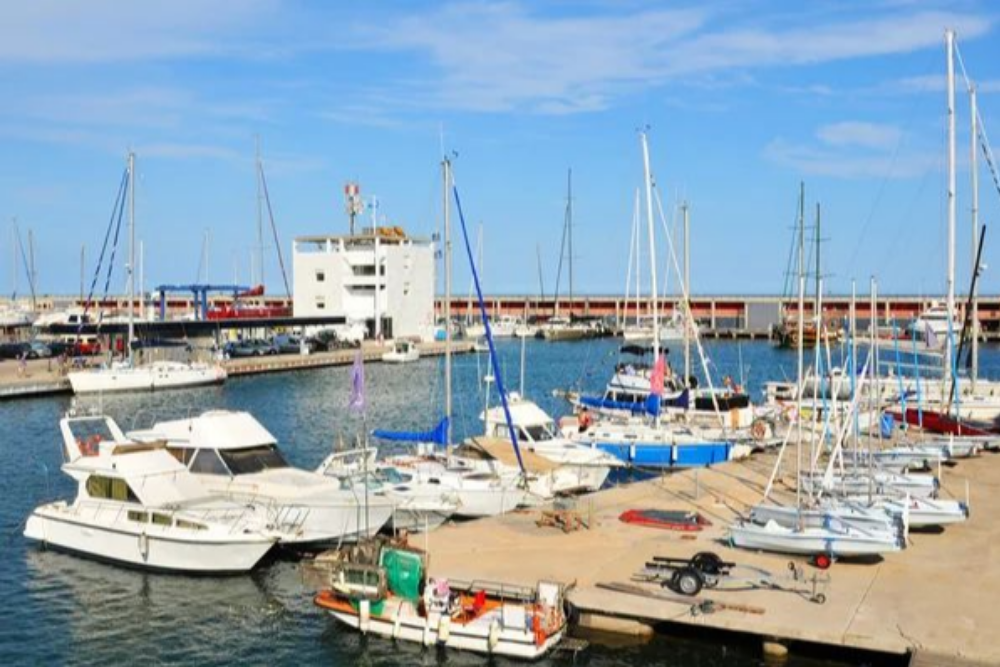
This Spanish market is located inside a 14th-century Moorish shipyard, where galleons were once built for maritime exploration. The horseshoe arches and original stone work transport shoppers back to medieval times, while vendors sell modern Spanish delicacies. You can practically hear the hammering of ancient shipbuilders as you browse the fish stalls.
Like Travel Pug’s content? Follow us on MSN.
Grand Central Market, Los Angeles
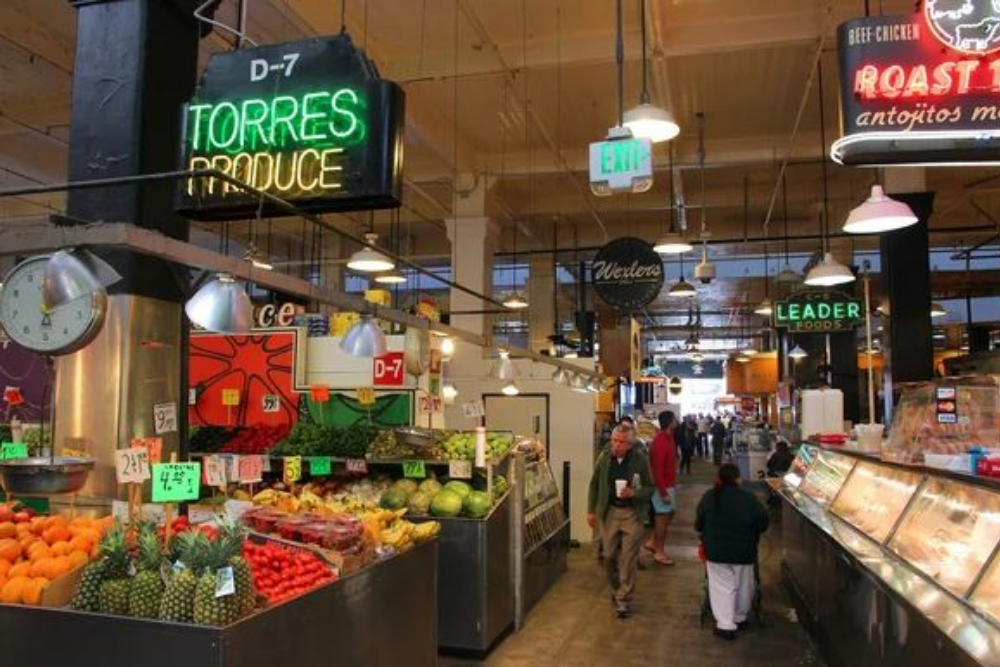
Since 1917, this market has operated within a beautifully restored 1905 theater building in downtown Los Angeles. The high ceilings and ornate architectural details create a dramatic backdrop for over 30 food stalls serving everything from Thai street food to gourmet ice cream. Shopping here feels like attending a delicious performance unfold.
Reading Terminal Market, Philadelphia
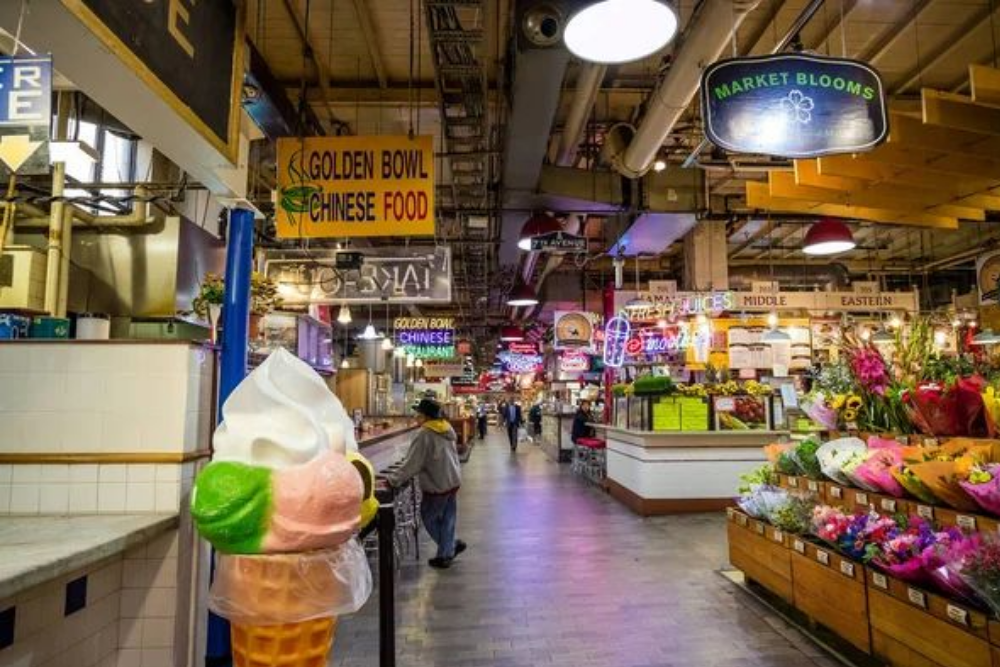
Built directly underneath the Reading Railroad terminal in 1893, this market has trains passing overhead while you shop. The steel girders and industrial architecture remind visitors of the building’s transportation heritage, while Amish vendors sell fresh produce just steps from active railway platforms. It’s the ultimate example of adaptive reuse in urban planning.
Granville Island Public Market, Vancouver
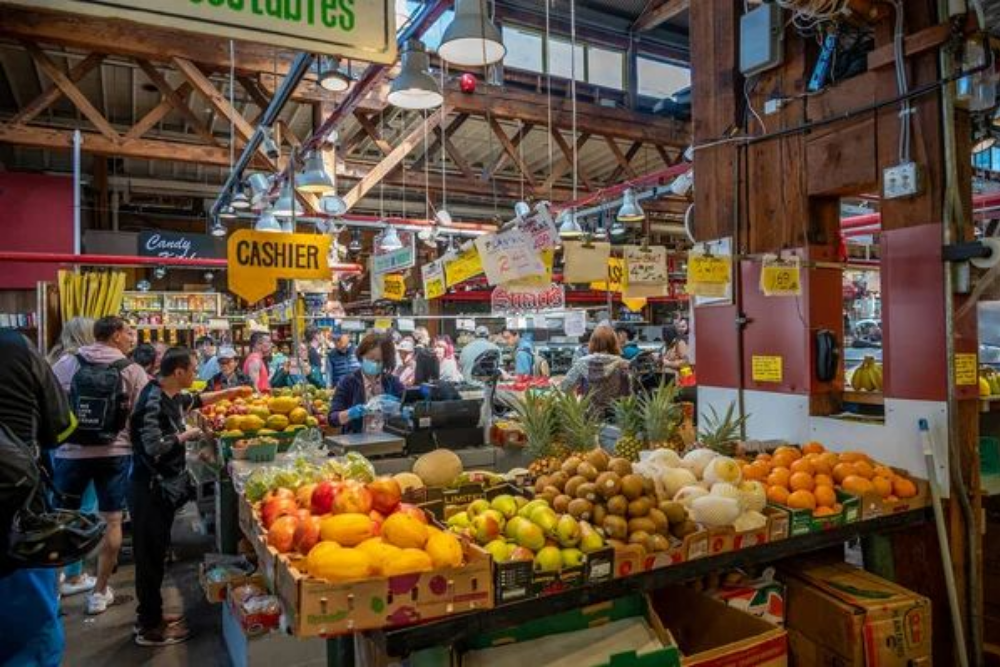
This beloved Canadian market occupies a series of converted industrial sheds on what was once a manufacturing island. The corrugated metal buildings and concrete floors maintain their warehouse aesthetic while housing artisanal cheese makers and craft brewers. The industrial setting perfectly complements Vancouver’s reputation for creative urban renewal.
Like Travel Pug’s content? Follow us on MSN.
Covent Garden Market, London
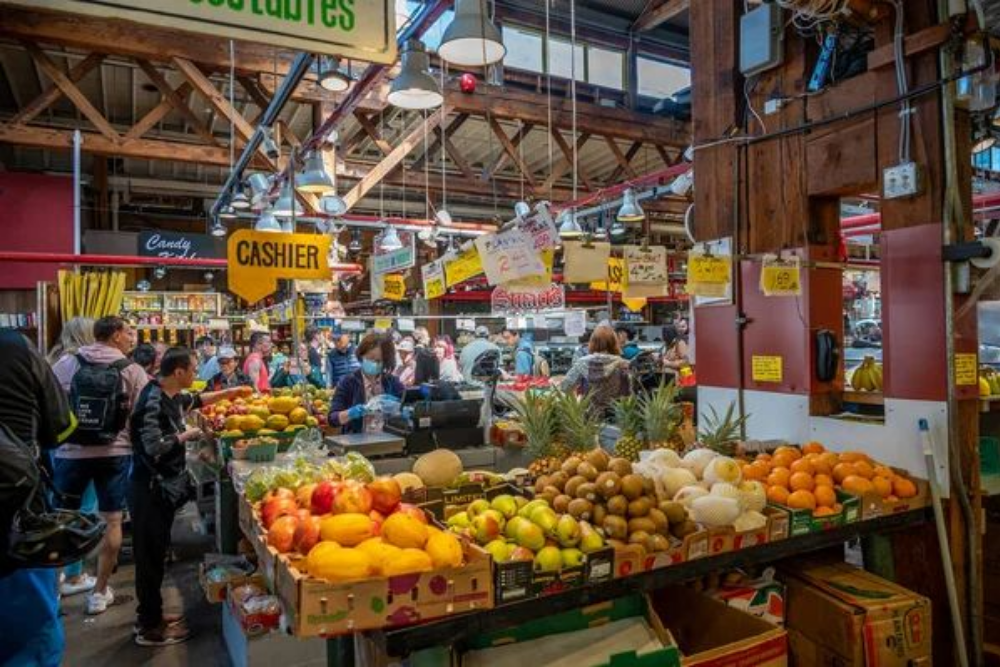
Originally the site of the Royal Opera House’s fruit and vegetable market, this area was redesigned in the 1980s to house boutique shops and cafés in restored Victorian buildings. The iron and glass architecture creates an elegant greenhouse effect, while street performers entertain shoppers in what were once loading docks. History and commerce blend seamlessly under the soaring glass roof.
Marché aux Puces de Saint-Ouen, Paris
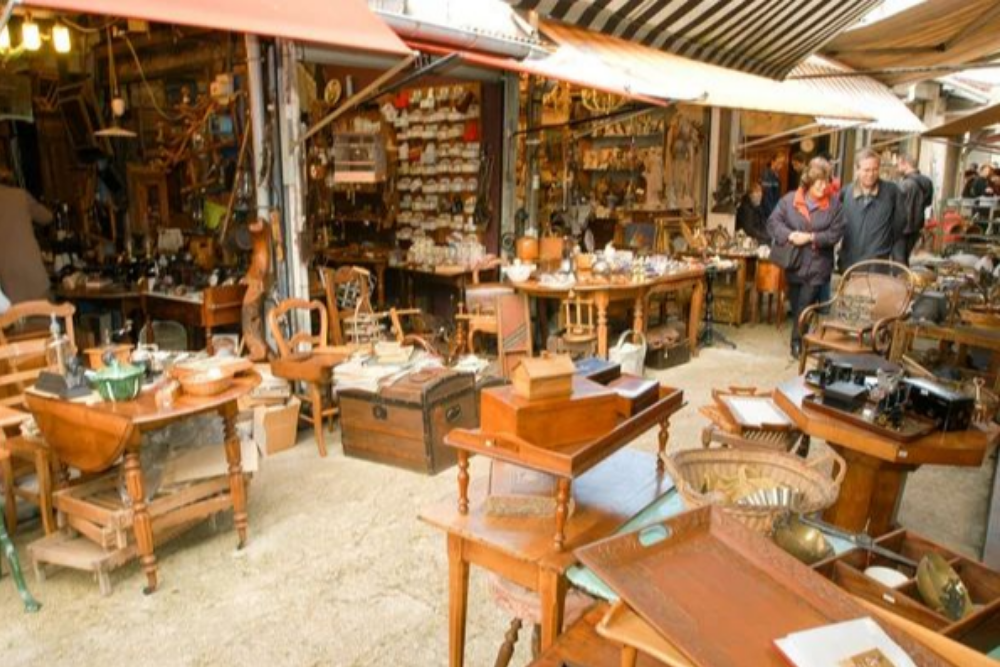
Europe’s largest flea market spreads across former military barracks and industrial buildings just north of Paris. The maze-like structure of old military housing creates intimate shopping corridors filled with antiques and vintage treasures. Each building feels like exploring a different era of French history.
Or Tor Kor Market, Bangkok
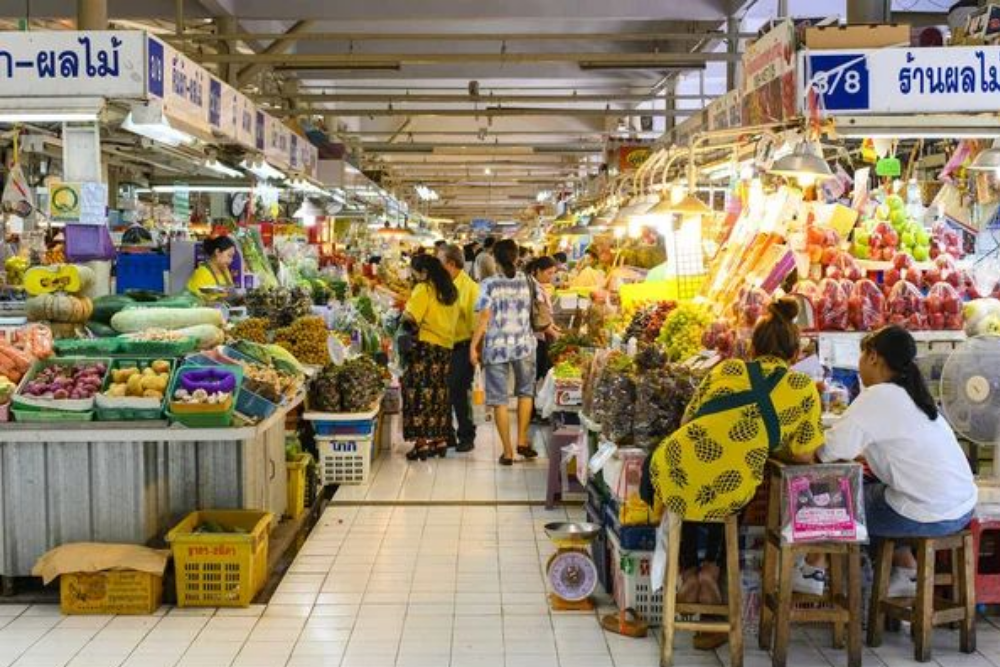
This Thai market operates inside a building designed to look like an airplane hangar, with a distinctive curved roof that mimics aircraft architecture. The space feels enormous and airy, perfect for Thailand’s tropical climate, while the industrial design keeps the focus on the incredible array of fresh tropical fruits and local street food.
The building’s modern aesthetic stands out dramatically in Bangkok’s traditional market scene.
Like Travel Pug’s content? Follow us on MSN.
Mercado de San Miguel, Madrid
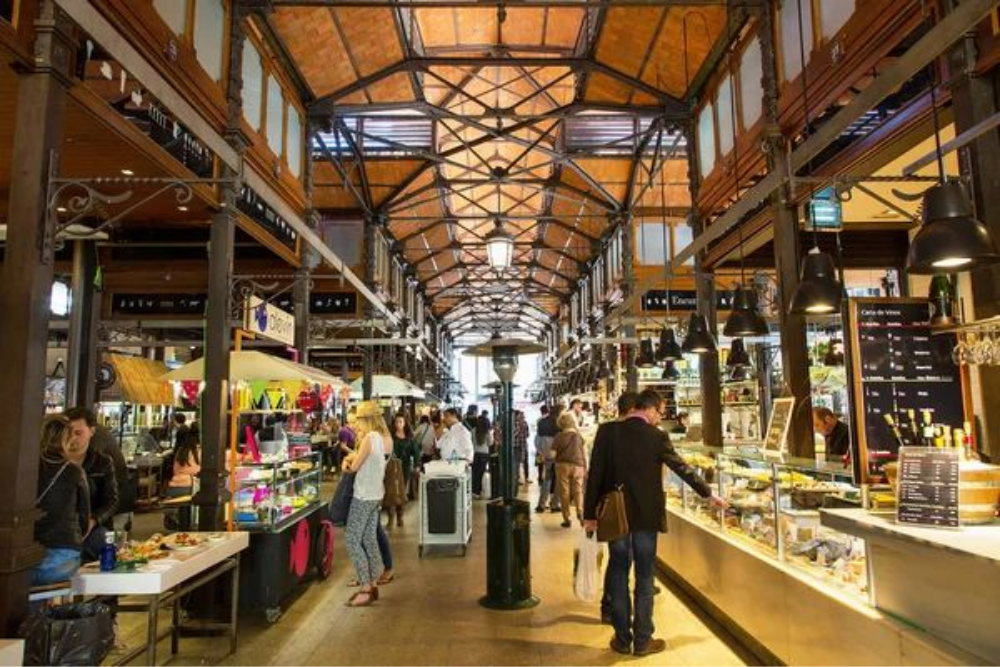
Housed in a stunning early 20th-century iron and glass pavilion, this market feels like shopping inside a Victorian greenhouse. The decorative metalwork and transparent walls flood the space with natural light while protecting shoppers from Madrid’s weather.
The building was originally designed as a traditional market hall, but now functions more like an upscale food court with a distinctly European flair.
Jean-Talon Market, Montreal
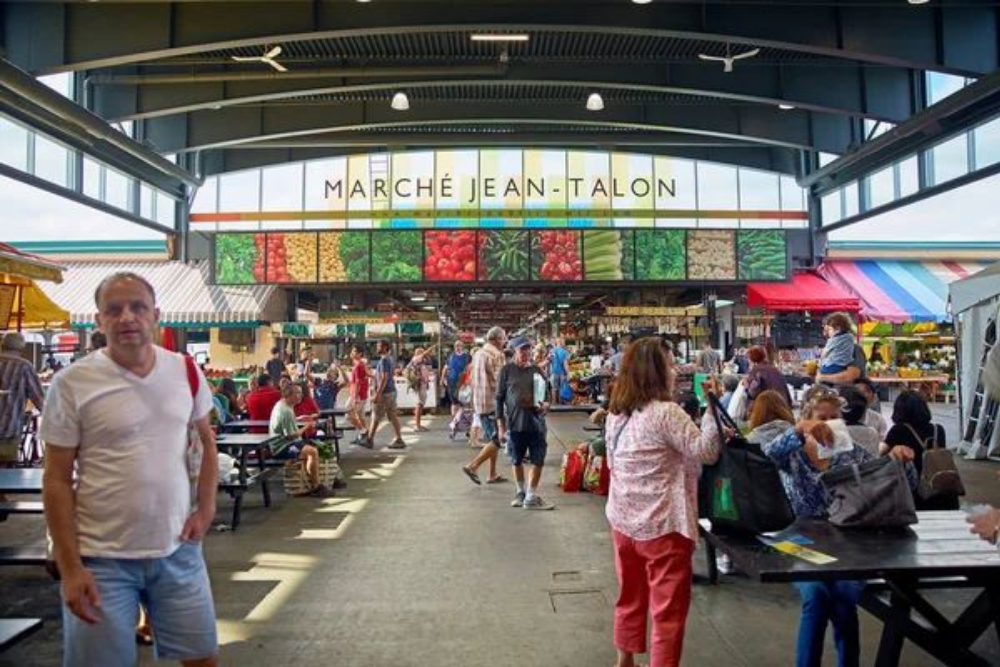
Montreal’s largest public market spreads across several converted warehouse buildings in the Little Italy neighborhood. The industrial brick structures provide plenty of space for both indoor and outdoor vendors, creating a European-style market atmosphere in North America.
The buildings’ history as storage facilities makes them perfect for the large-scale produce distribution that happens here daily.
Pike Place Market, Seattle

This famous market occupies a series of buildings constructed on a steep hillside overlooking Elliott Bay, creating multiple levels connected by ramps and staircases. The unique topography means that some vendors are stacked on top of others, with the fish market located on the main level and specialty shops tucked into the lower floors.
The building adaptation to Seattle’s hilly terrain makes shopping here feel like navigating a merchant ship.
Like Travel Pug’s content? Follow us on MSN.
Underground Atlanta, Georgia

Part of this entertainment district includes market vendors operating in the actual underground railroad tunnels and viaducts that once ran beneath the city. The stone archways and brick corridors create an atmospheric shopping experience that’s underground.
History buffs can shop for souvenirs in the same spaces where trains once transported goods through the heart of Atlanta.
Central Market, Kuala Lumpur
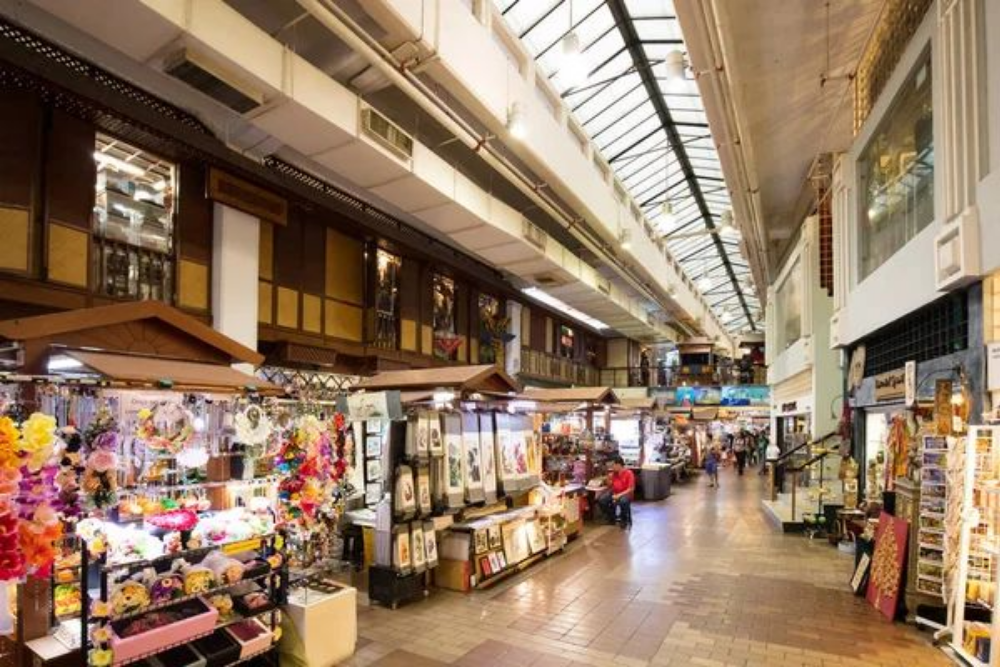
Malaysia’s most famous market operates inside a beautifully preserved 1888 Art Deco building that originally served as a wet market for the colonial administration. The Moorish-inspired architecture features intricate arches and decorative tilework, creating an exotic backdrop for shopping.
The building’s restoration maintained its historical character while adapting it for modern retail use.
Mercado Central, Valencia
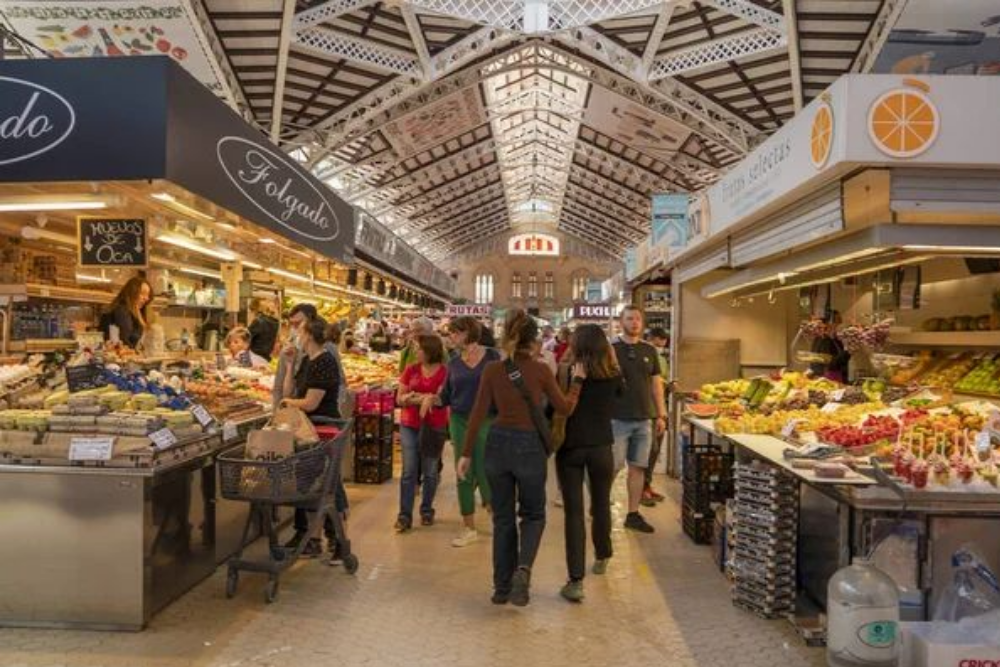
This Spanish market is housed under an enormous modernist dome structure decorated with colorful ceramic tiles typical of Valencian architecture. The central dome creates a cathedral-like atmosphere for shopping, while the ceramic artwork celebrates the region’s famous pottery traditions.
The building itself is as much an attraction as the fresh paella ingredients sold inside.
Like Travel Pug’s content? Follow us on MSN.
Great Market Hall, Budapest
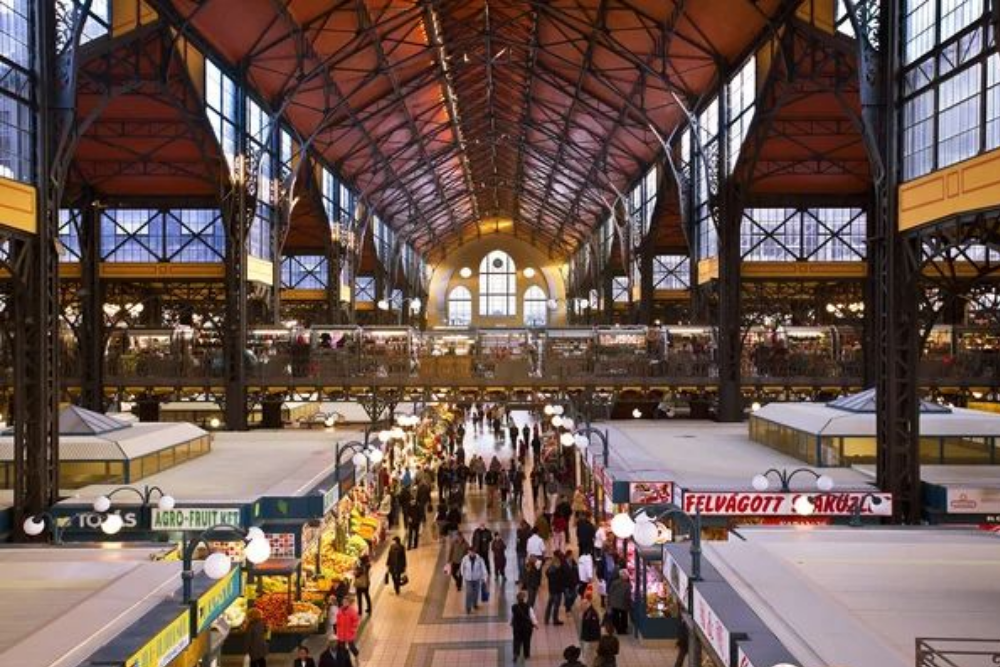
Budapest’s largest indoor market operates inside a building designed to look like a grand railway station, complete with iron framework and a distinctive tile roof. The Hungarian architects created soaring spaces that feel both industrial and elegant, perfect for the bustling atmosphere of Eastern Europe’s largest market.
The building’s railway aesthetic reflects Budapest’s important role as a transportation hub.
English Market, Cork
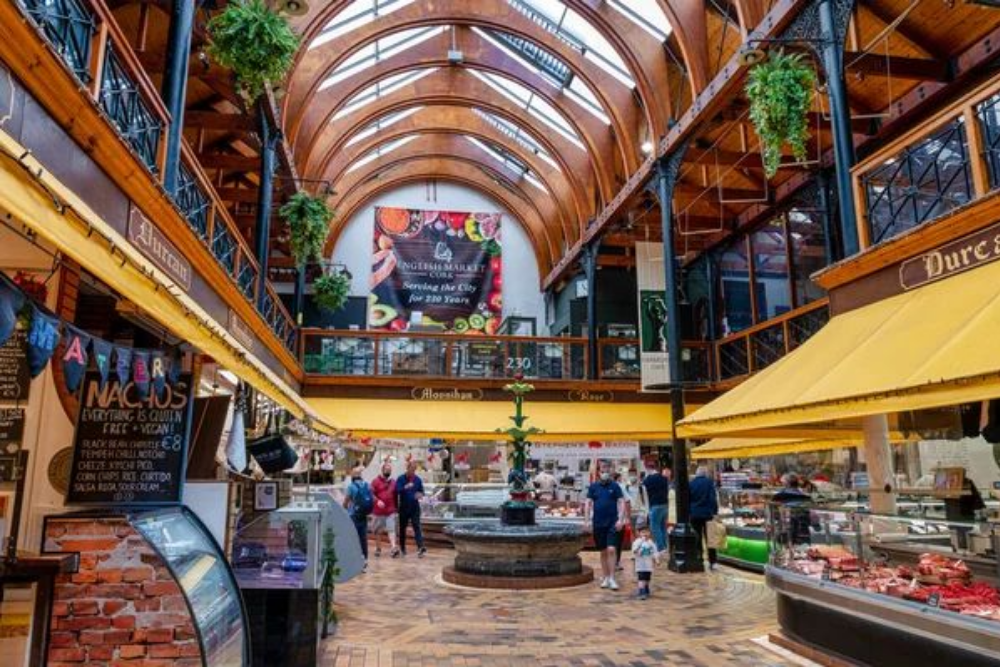
Ireland’s famous English Market operates inside a beautiful Victorian covered arcade that dates back to 1788. The decorative ironwork and glass roof create an elegant shopping environment that feels distinctly Irish, while the narrow aisles and traditional layout maintain the market’s historical character.
The building’s intimate scale makes shopping here feel like visiting a neighbor’s very elaborate pantry.
Rynek Główny, Kraków
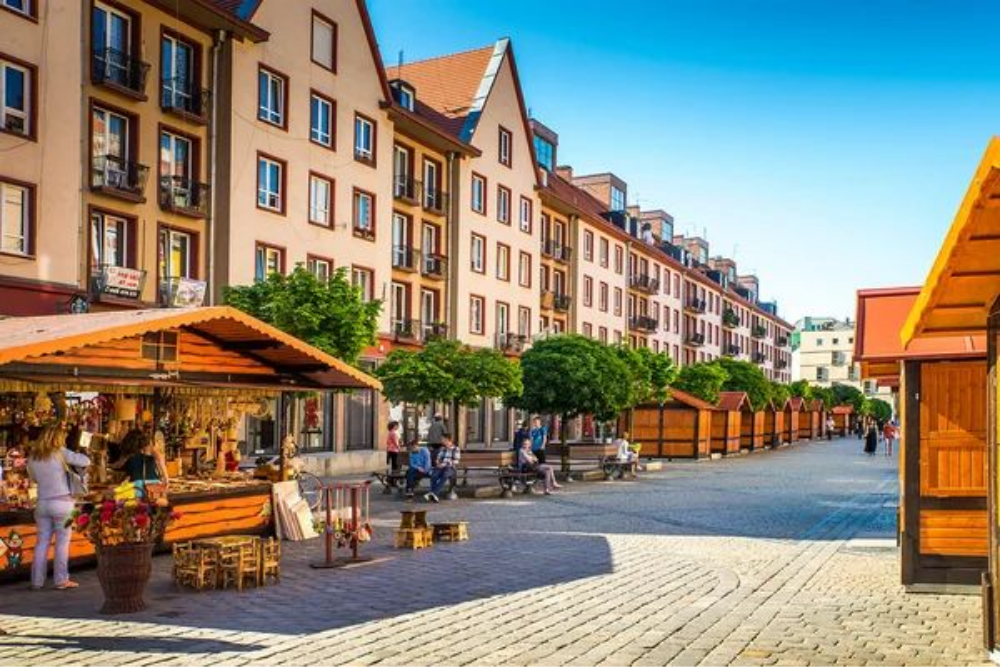
Poland’s main market square features the medieval Cloth Hall, a Renaissance building that has housed merchants since the 14th century. The long arcade structure dominates Kraków’s main square and represents one of Europe’s oldest continuously operating market buildings.
Shopping here connects visitors directly to centuries of Polish commercial tradition in a setting that has barely changed since medieval times.
Like Travel Pug’s content? Follow us on MSN.
Where Commerce Meets Creativity

These unusual market buildings prove that creative architecture can enhance the shopping experience in ways that conventional retail spaces simply cannot match. From former factories to repurposed transportation hubs, each location tells a story that goes far beyond the goods being sold.
The most successful conversions maintain the character of their original purpose while adapting seamlessly to their new commercial role, creating destinations that are as memorable for their setting as for their merchandise.
More from Travel Pug

- 20 Best Beach Towns in the Carolinas
- 13 Destinations Where Tourists Regularly Regret Their Trip
- 20 Things You Actually Get in First Class
- 20 Small Airports With Aviation Museums
- 20 Places in the U.S. That Are Perfect for a Reset Trip
Like Travel Pug’s content? Follow us on MSN.
